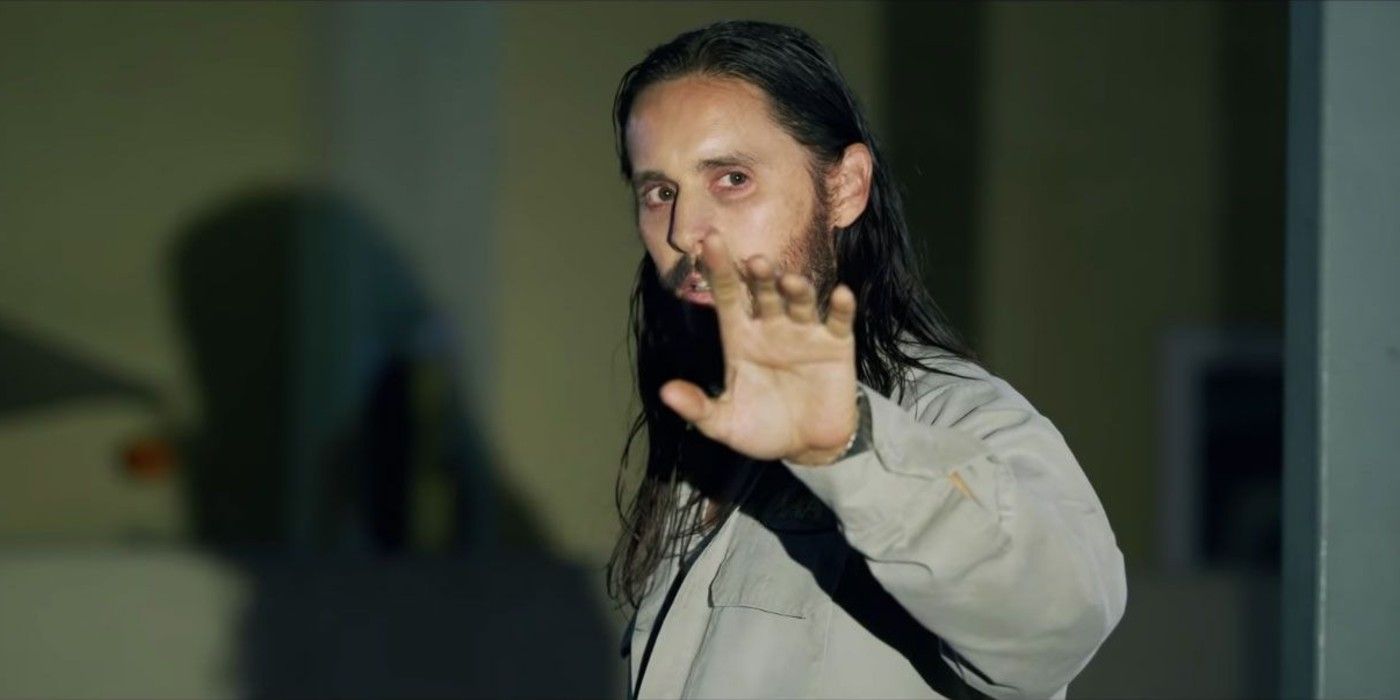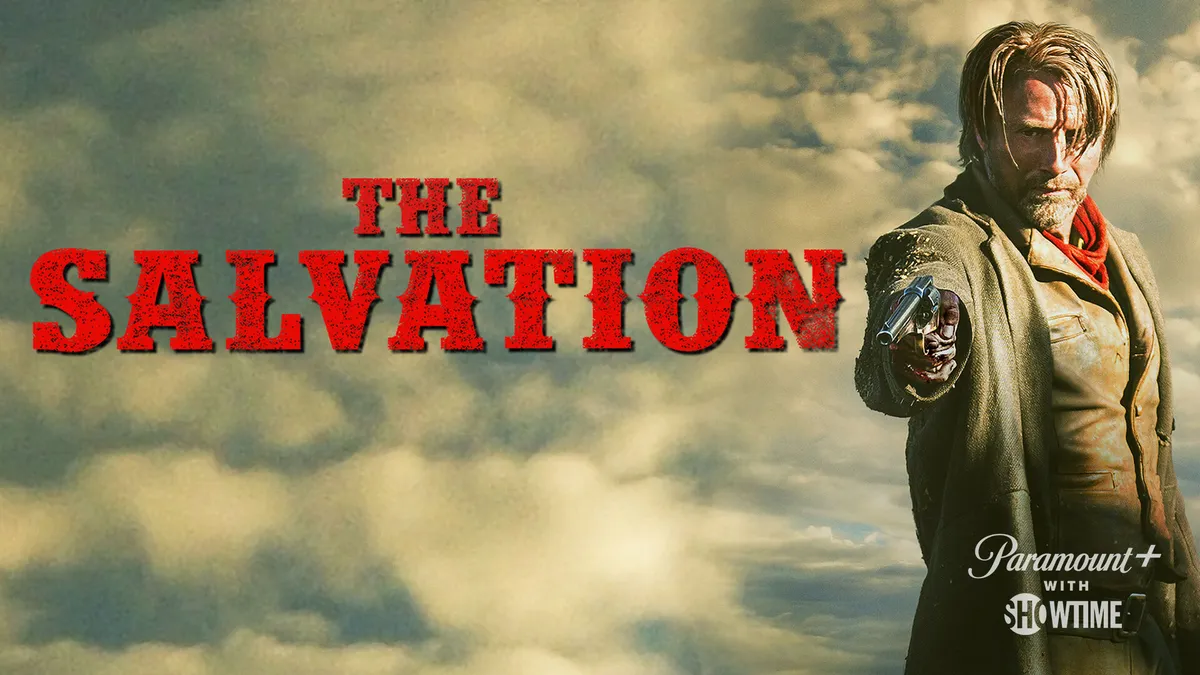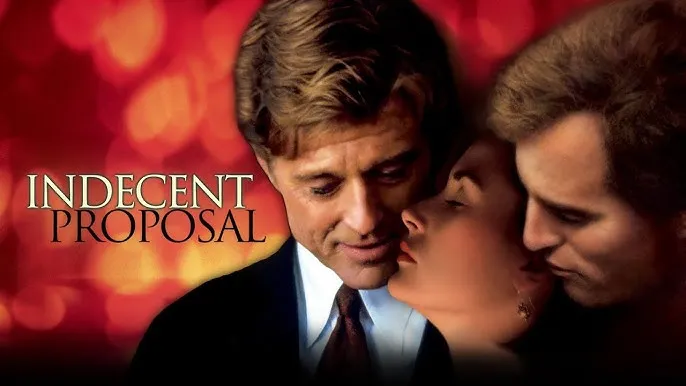he 2025 sequel to The Little Things dares to venture further into the haunting psychological terrain left by its predecessor. With John Lee Hancock returning to the director’s chair, The Little Things (2025) is not just a continuation — it is a deepening, a peeling back of moral layers that leaves the viewer unsettled long after the credits roll.
Plot Overview
Years after the harrowing events of the 2021 film, Joe “Deke” Deacon (Denzel Washington) has retreated into obscurity. Haunted by unresolved trauma and a lifetime of regrets, he lives a quiet existence outside the force. But peace is fleeting. A new string of murders emerges in Los Angeles — women murdered in eerily similar patterns, with details that mirror the chilling case that once derailed his career.
Sergeant Jim Baxter (Rami Malek), now more experienced yet emotionally burdened, seeks out Deke, desperate for guidance as he feels himself slipping into the same obsessive patterns. Their uneasy alliance resurfaces old wounds, especially as haunting reminders of Albert Sparma (Jared Leto) reappear through flashbacks, visions, and symbolic references. Was Sparma truly innocent? Did they destroy the wrong man? These questions hang over every scene like a thick fog.
Character Exploration
Washington's portrayal of Deacon is a masterclass in quiet torment. He embodies a man grappling with guilt, not just for what he’s done — or failed to do — but for what he’s become. Meanwhile, Malek’s Baxter shows the evolution of a man once driven by ideals, now fractured by the realization that justice isn’t always clear-cut.
The reappearance of Sparma — even if not physical — is more than just a memory; he becomes a symbol of doubt and moral decay. His presence in the film reminds the audience that unresolved guilt can manifest into something more dangerous than any real suspect.

Themes and Symbolism
Where the first film introduced ambiguity, the sequel embraces it fully. It asks provocative questions:
-
What if justice is never truly served?
-
What if our desire to be right leads to greater wrongs?
-
Can a man live with doubt, or does doubt consume him?
Symbolism plays a key role. Recurring motifs — broken watches, smudged mirrors, photographs with faces scratched out — reinforce the idea that time, memory, and truth are fragile. Even the title, The Little Things, reminds us that it’s not the big actions that destroy us, but the overlooked moments, the missed clues, the suppressed truths.
Cinematography and Direction
Hancock's direction is restrained but deliberate. Every shot serves a purpose. The color palette is drained — grays, blues, and muted golds dominate — reflecting the emotional emptiness of the characters. Cinematographer John Schwartzman crafts a Los Angeles that feels suffocating and ghostly, a city haunted by its own silence.
The pacing is slow and methodical, echoing the inner unraveling of the characters. Instead of relying on action or spectacle, the film builds tension through atmosphere, dialogue, and silence.
Thomas Newman’s minimalist score is once again integral, not leading the emotions but shadowing them, like a conscience whispering in the dark.
Moral Complexity
At its heart, The Little Things (2025) is a meditation on guilt, the burden of secrets, and the danger of chasing closure at all costs. It subverts the traditional detective genre — there’s no triumphant capture, no righteous resolution. Instead, it offers a stark reflection on what happens when the law becomes personal, when evidence is inconclusive, and when conscience is the only judge left.
Final Verdict
The Little Things (2025) may frustrate viewers seeking clear answers or fast-paced thrills. But for those drawn to character-driven storytelling, ethical ambiguity, and emotional realism, it is a powerful, thought-provoking experience.
This is not just a story about catching a killer — it’s about the killers we become when we ignore the little things inside ourselves.

-1752719206-q80.webp)

-1751251291-q80.webp)